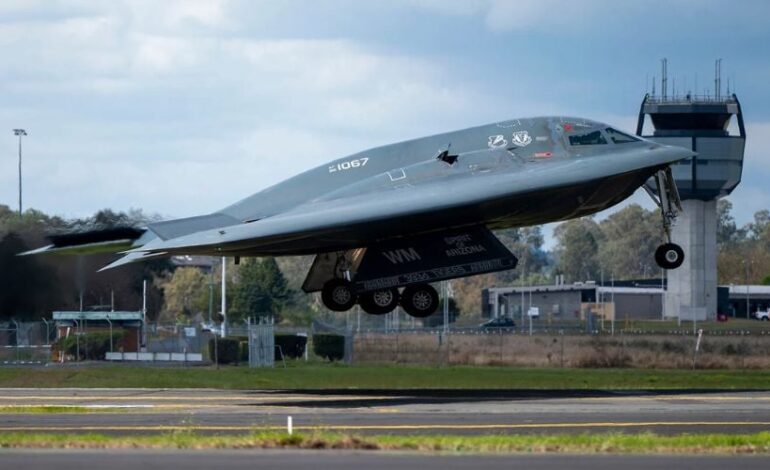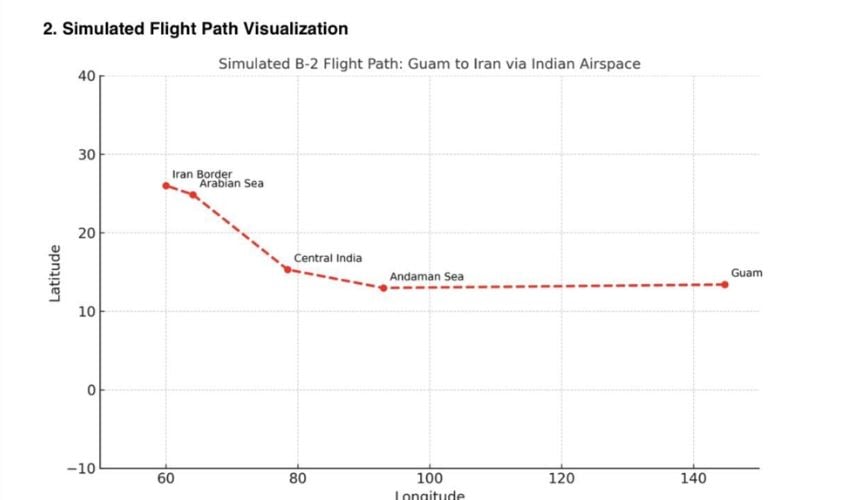
Fact Check: Did U.S. B-2 Bombers Use Pakistani Airspace for Iran Strikes?
Following the recent U.S. airstrikes targeting Iranian nuclear sites, a wave of misinformation has surfaced online—one prominent claim alleging that U.S. B-2 stealth bombers used Pakistani airspace during the operation. Pakistani officials have firmly denied the allegation, labeling it as entirely false and part of a deliberate disinformation campaign.
A senior official from Pakistan’s Ministry of Defence clarified, “Our radar and air defense systems have confirmed that no U.S. aircraft, including B-2 bombers, flew over or entered Pakistani airspace.”
Authorities believe these rumors are being spread by anti-Pakistan elements seeking to create confusion and tarnish the country’s international image.
“These baseless claims are classic examples of propaganda tactics used by groups hostile to Pakistan,” the official added.
The government has urged the public to rely only on information released through verified official sources and to report any suspicious or misleading posts. Pakistani cyber teams are actively monitoring online platforms and have pledged strict action against those responsible for spreading fake news.
Meanwhile, defense sources and newly released flight simulations indicate that the B-2 bombers launched their mission from Guam and entered Iranian airspace via India—not Pakistan.

The simulated path shows the bombers:
- Departed from Guam (15°N, 145°E),
- Flew over the Andaman Sea and central India (20°N, 75°–80°E),
- Then approached Iranian targets via the Arabian Sea near Iran’s border (25°–30°N, 60°–65°E).
The approximately 9,000-mile round trip strategically avoided Pakistani airspace altogether.
While India has neither confirmed nor denied its role, defense analysts suggest that India’s cooperation was likely essential for the mission’s execution. The strikes have heightened regional tensions, triggering diplomatic communications across major capitals.






